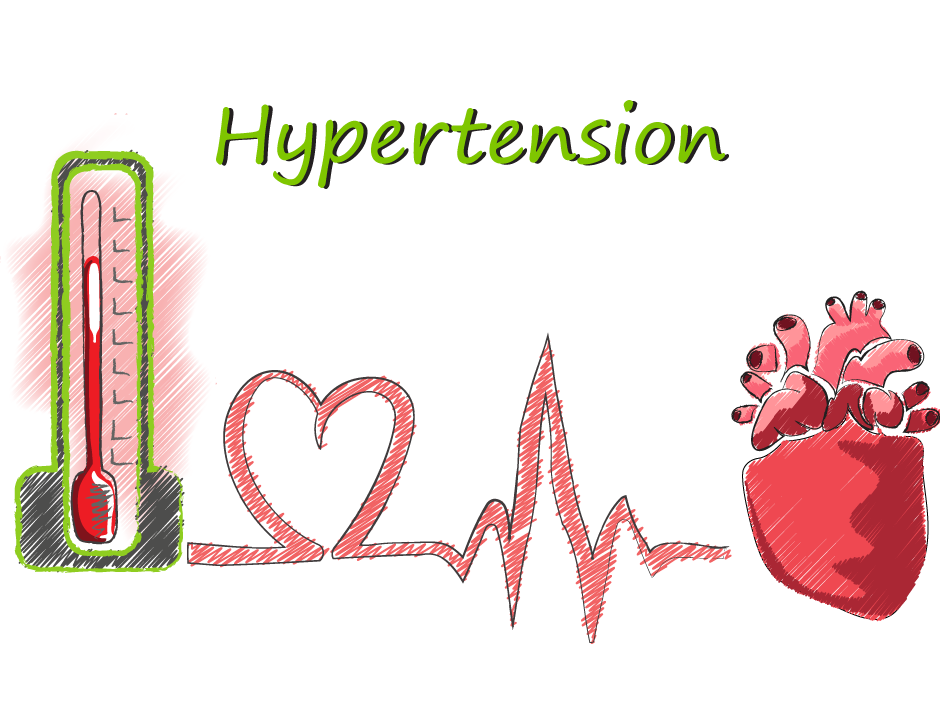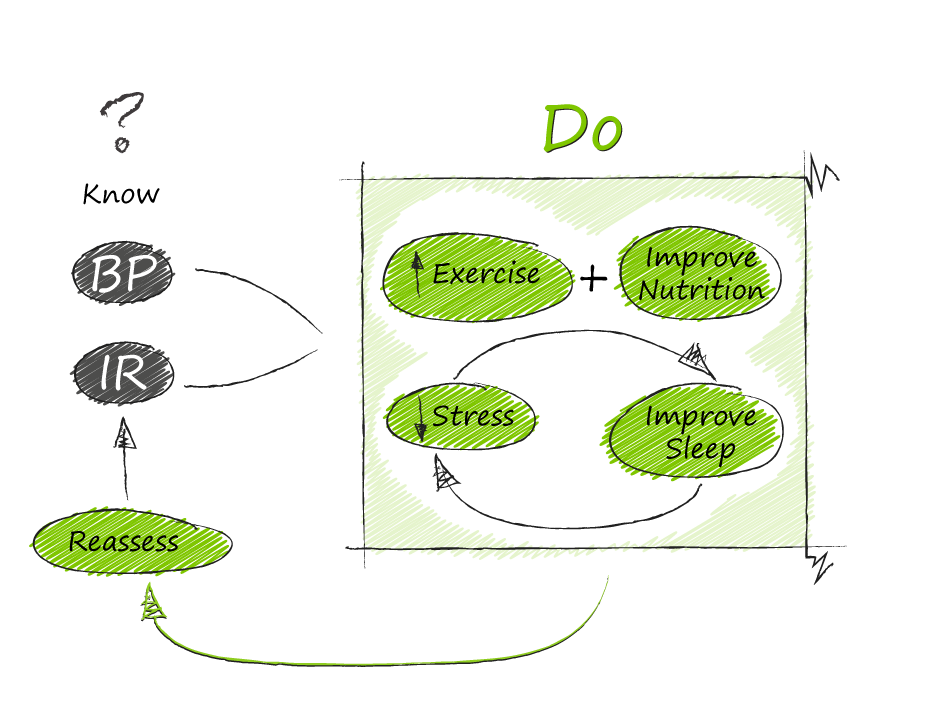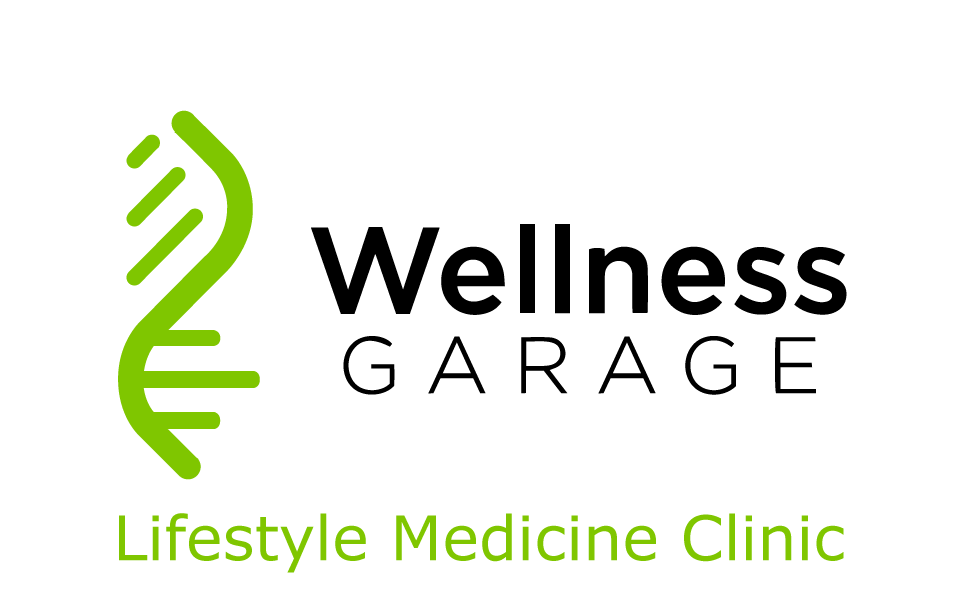|
50% of Americans have high blood pressure according to the new guidelines from American College of Cardiology and the American Heart Association. Lost in the debate about whether this makes sense to label so many people with a disease was the recognition that normal blood pressure is now defined as 120/80 and the acknowledgement that the risks from blood pressure increase progressively, and linearly from levels as low as 115/75 in people from 40 to 89 years of age. For every increase of 20 mmHg systolic and 10 mmHg diastolic there is a doubling of mortality from both heart disease and stroke. Here is the Wellness Garage strategy for high blood pressure: 1. Know your blood pressure:
2. Know whether you have insulin resistance:
3. Get moving - exercise is key
4. Eat better - lose weight
5. Salt - stop eating packaged food and decrease how much you eat out - see #3
7. Sleep - develop a great sleep routine
This 7 step strategy will allow you to take control of your blood pressure and do everything you can to either avoid medication or take as little as possible. Backgrounder on Hypertension:
What is it?
How is it defined?
Why is it important?
What causes it?
|
AuthorDr. Brendan Byrne Categories
All
|


 RSS Feed
RSS Feed
